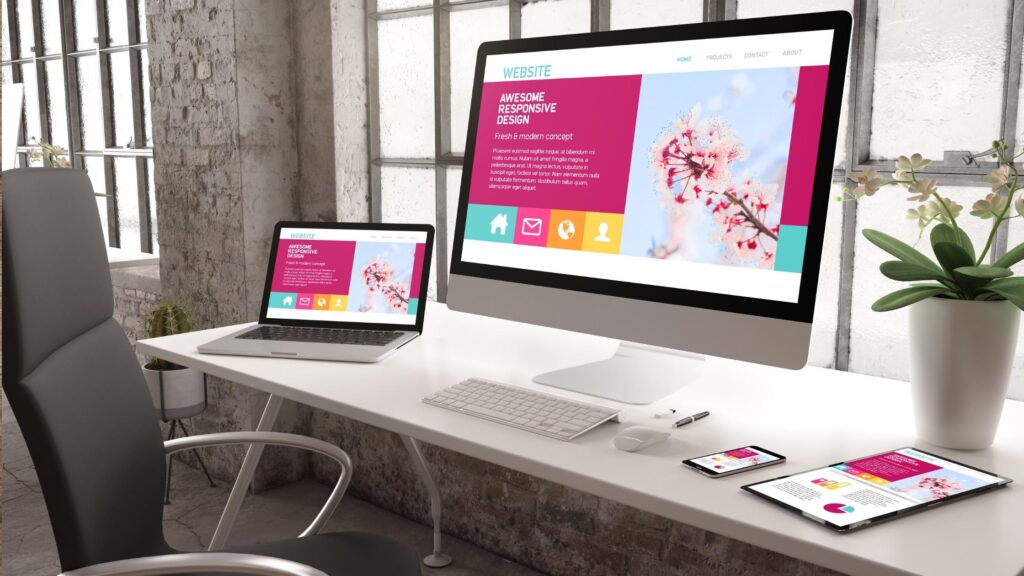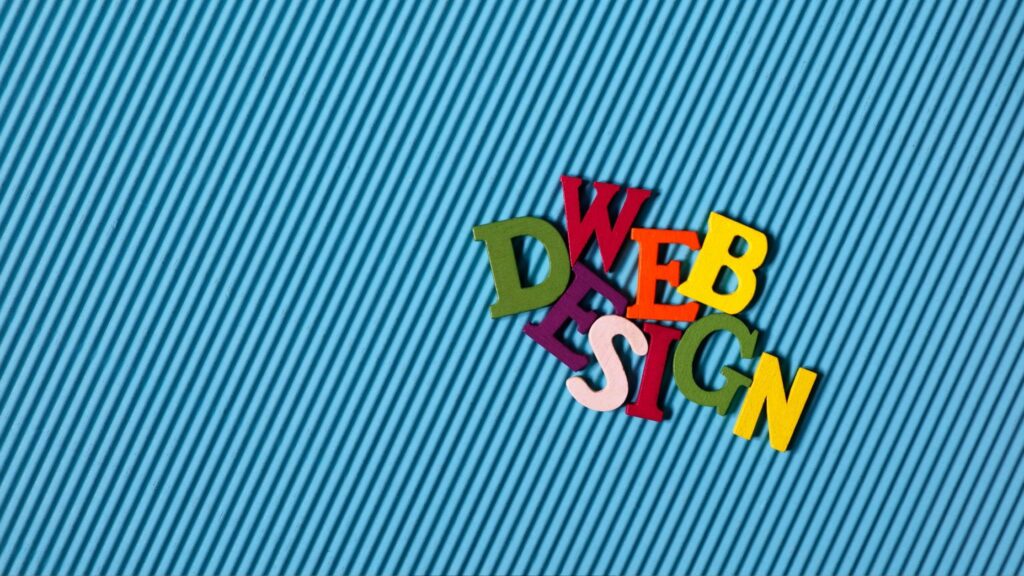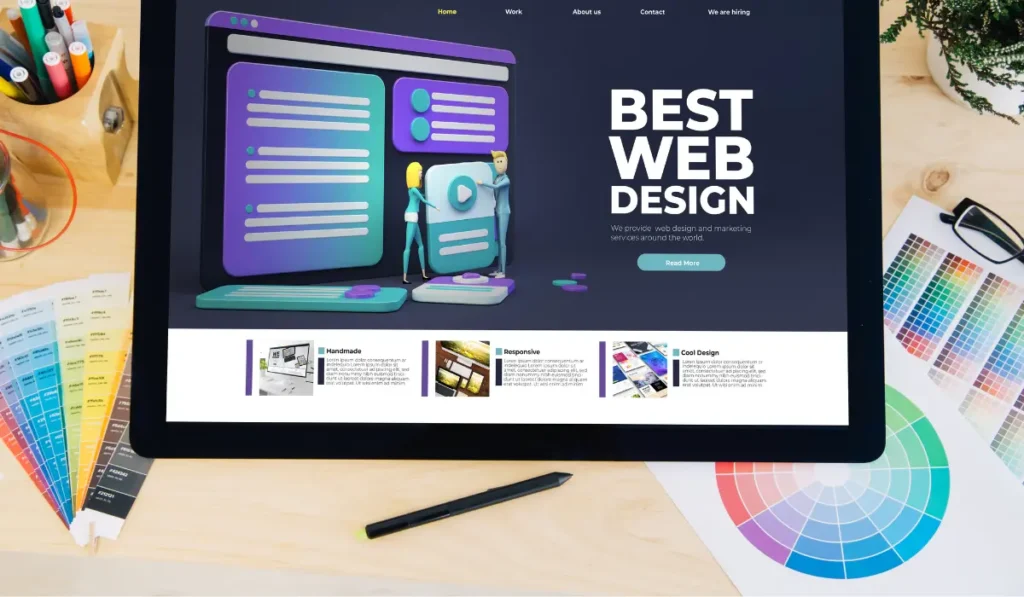While Facebook and Instagram are great first steps for your business, if you want to have a truly meaningful digital presence, you’ll need a website. Whether you’re selling products or services, a website can help you reach more leads, stay connected to your target audience, and close sales more effectively. But developing a quality business website requires a thoughtful website design process.
Before you upload pictures or think about blog entries, you need to take a few hours to think through the following three parts of every effective website design process. If you fail to take your time on each one of these steps, your site will underperform and fail to give you the ROI you want.
The Website Design Process, Part One: Research Your Target Market
Like everything in your business, designing your website starts with setting clear, actionable goals. Before you purchase a domain name or hosting, you need to know what you want your site to accomplish. Ask some of these questions as you get started. You may even want to make a physical list.
- What is the #1 thing that you want visitors to your site to do?
- What will you be offering on your website? A product or a way to contact you for a service?
- What does your target market’s buyer’s journey look like? What parts of the journey will your site include?
Once you have a clear picture of your goals, you should conduct research on your target market so that you know them inside-and-out. If you already have a business, you likely have done this before. So, take out any data you have about your ideal customer and think through the ways that your site can attract and connect with them more effectively. What features will they be looking for? What kinds of images will draw them in? What content will they be searching for?
Once you’ve conducted market research, you’ll be ready for step two.
The Website Design Process, Part Two: User Interface Design
One of the most important aspects of designing a website is making sure that the user interface is on point. Your site should be easy to navigate, with clear menus and links. Any information featured on your site should be clearly marked, so finding it doesn’t lead to frustration.
It may be a wise idea to have a few mock-ups of your site done so you can fine-tune the user interface before you begin uploading any images or laying down any code. Remember: A poor user interface can be the difference between customers being convinced and bouncing off your site.
The Website Design Process, Part Three: The Backend
Most of your site’s visitors will only ever see the attractive frontend of your site. They won’t browse through the lines of code that keep it running. But that doesn’t mean that you can skimp on the coding aspects of your site. Whether you’re a developer yourself, you plan on outsourcing the coding to a third party, or you’re hoping to use a DIY option like WordPress, you need to make sure that your site’s backend is orderly and up-to-date.
The last thing you’ll want is a site filled with broken links, misplaced images, and out-of-whack menus. Plus, it’s essential that you ensure your site loads and moves quickly. If it doesn’t, visitors will leave and find a competitor’s site that does.
If you’re unsure of your ability to implement these three steps effectively, contact WowBix today at +1 (646) 661-6797. We’d love to help you get your site designed, developed, and working for you.



